This spring marked the 102nd anniversary of the Tulsa Race Massacre, when a violent white mob targeted a thriving Black neighborhood from May 31 to June 1. Even though hundreds of people died and city blocks with more than a thousand buildings were destroyed, the story wasn’t told. Generations that grew up since the 1921 riot in Oklahoma and the larger national community remained largely unaware of this tragic event. The Black Lives Matter movement has helped raise public awareness, but many still haven’t heard of the two days of terror that sought to obliterate Tulsa’s African American families and their thriving business community in the Greenwood District, known as Black Wall Street.
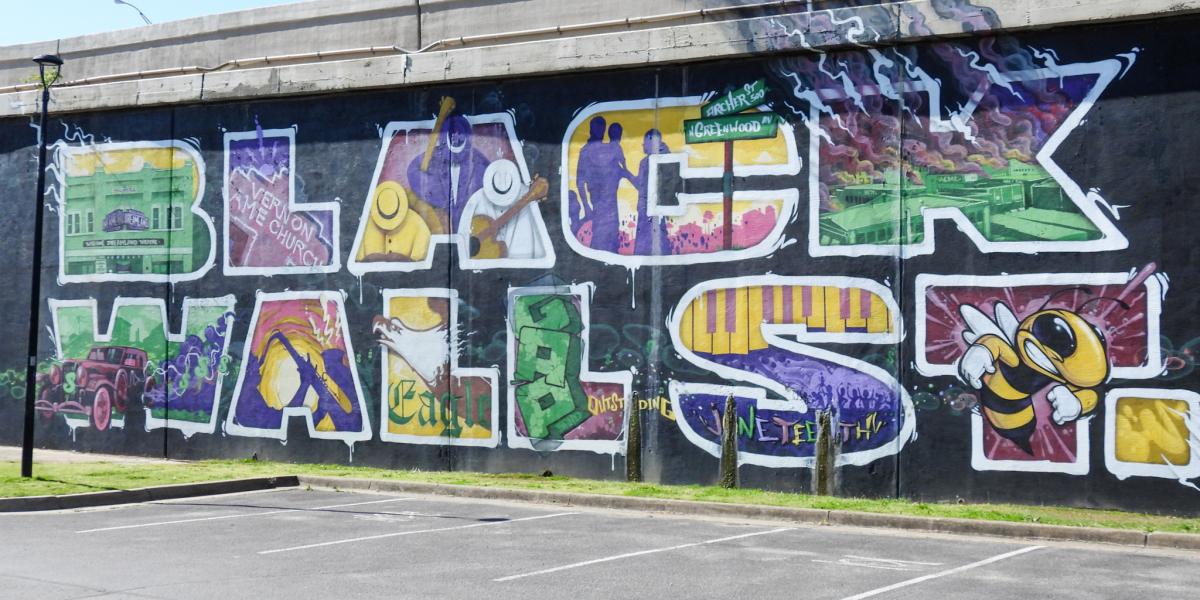
Events like the Tulsa Race Massacre are poignant reminders of the struggles for understanding and equality, and the harms of racism, for communities of color. A distressingly similar event is the 1868 Battle of the Washita, where Cheyenne and Arapaho people were murdered. It is estimated 50 lodges were burned and approximately 800 horses were slaughtered. Estimates of the total number of lives lost range from 13 to 150, and over 50 prisoners of war were taken. It is reported the prisoners were used as human shields as their relatives sought to take them back while being forcibly moved to Fort Dodge, Kan.
Today historians, the National Park Service, and Indigenous people disagree about the 1868 siege — was it a massacre or a battle? The losses were felt all the same. Here Chief Black Kettle, his wife Medicine Woman Later, and Chief White Antelope, among others, perished. Facing death, White Antelope sang his death song, which is the Cheyenne anthem sung today.
Each tribe in U.S. history has experienced tragic events like this that have traumatized generations. Like past experiences, today’s traumas such as mass shootings and natural disasters often bring communities together to seek justice, honor the victims, and deal with the suffering and loss.



During the 2023 AISES Leadership Summit in Tulsa, a couple of us visited the historic Greenwood District to see if there is a story for AISES audiences. We learned a lot! We visited the Greenwood Cultural Center and viewed the pictorial exhibits on the walls. For over an hour we watched a film about the tragedy. We gained valuable insights into the injustice, racism, and oppression of this thriving community. We also toured the streets where brass plaques embedded in sidewalks commemorate the African American businesses that were destroyed. Some businesses were rebuilt while many were not. The business that did rebuild, built back better! It inspired us to learn the lessons of 1921 and to be better relatives to each other.
What we saw in Greenwood today is more than a witness to history: it is an inspiration to all visitors to stand up for justice and opportunity for everyone. We believe one person can make a difference! And, yes, Black Wall Street reminds of us the AISES mission to promote equity in STEM (science, technology, engineering, and mathematics) education and jobs. We are breaking down preconceptions of what a scientist looks like and addressing the actions and inactions that follow. AISES is helping Native students find ways to overcome oppressive challenges and seize opportunities like scholarships and internships that previous generations did not have.
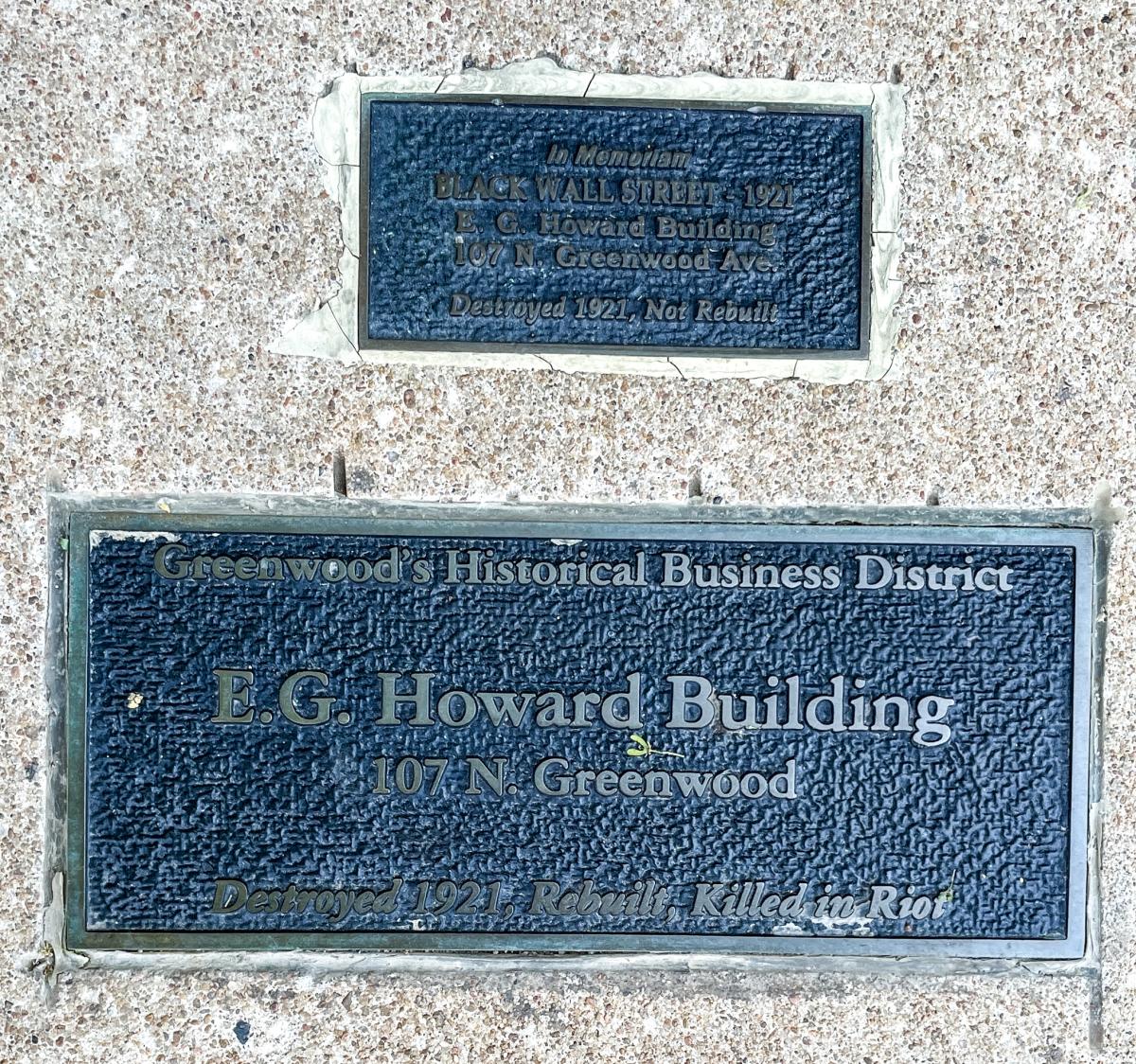 |
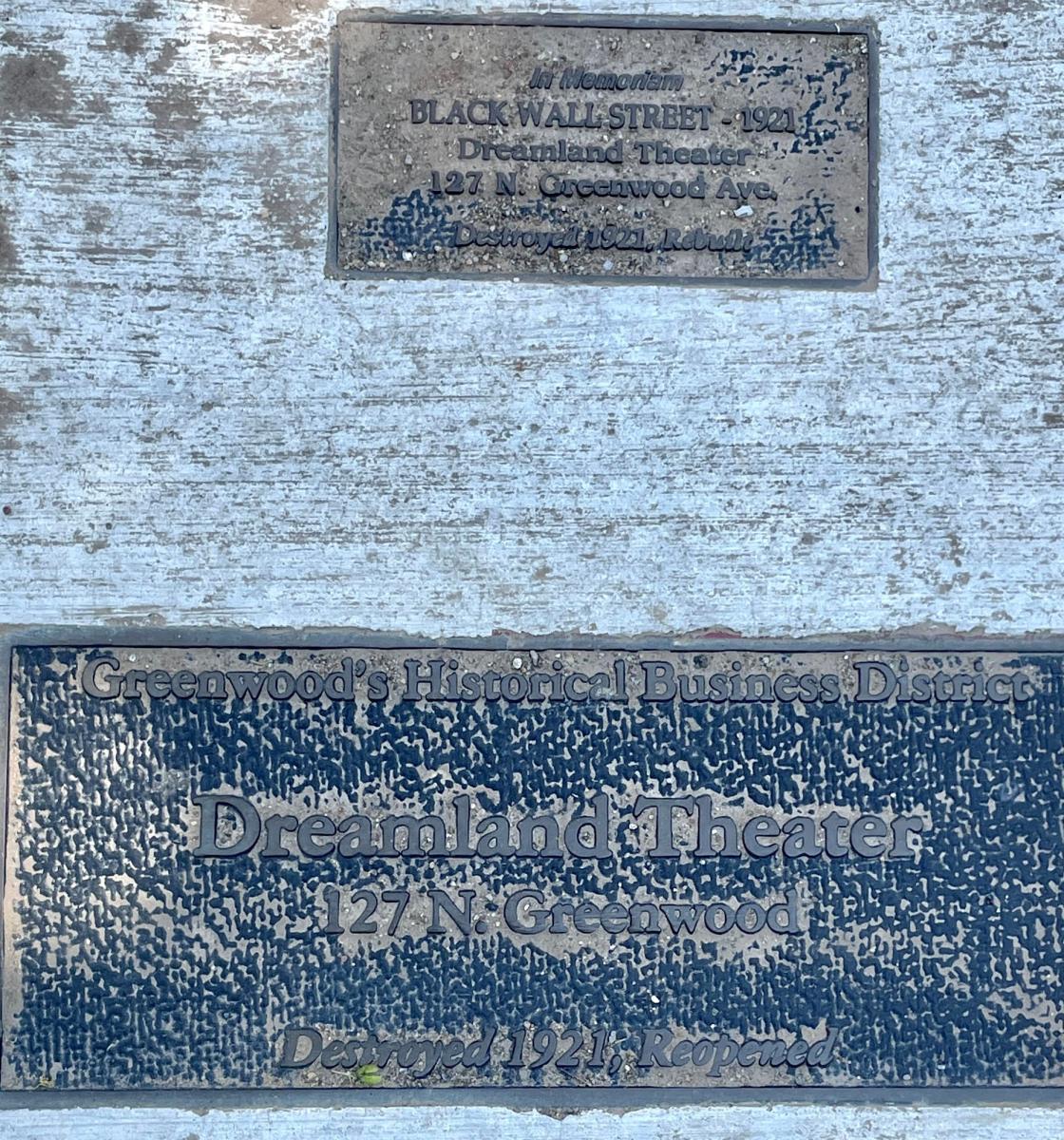 |
Just one year after the massacre in Greenwood, the events depicted in the book and upcoming film Killers of the Flower Moon took place. This true story uncovers the prejudice and crimes against Osage people in the 1920s, who were suddenly wealthy after oil was discovered on their land.
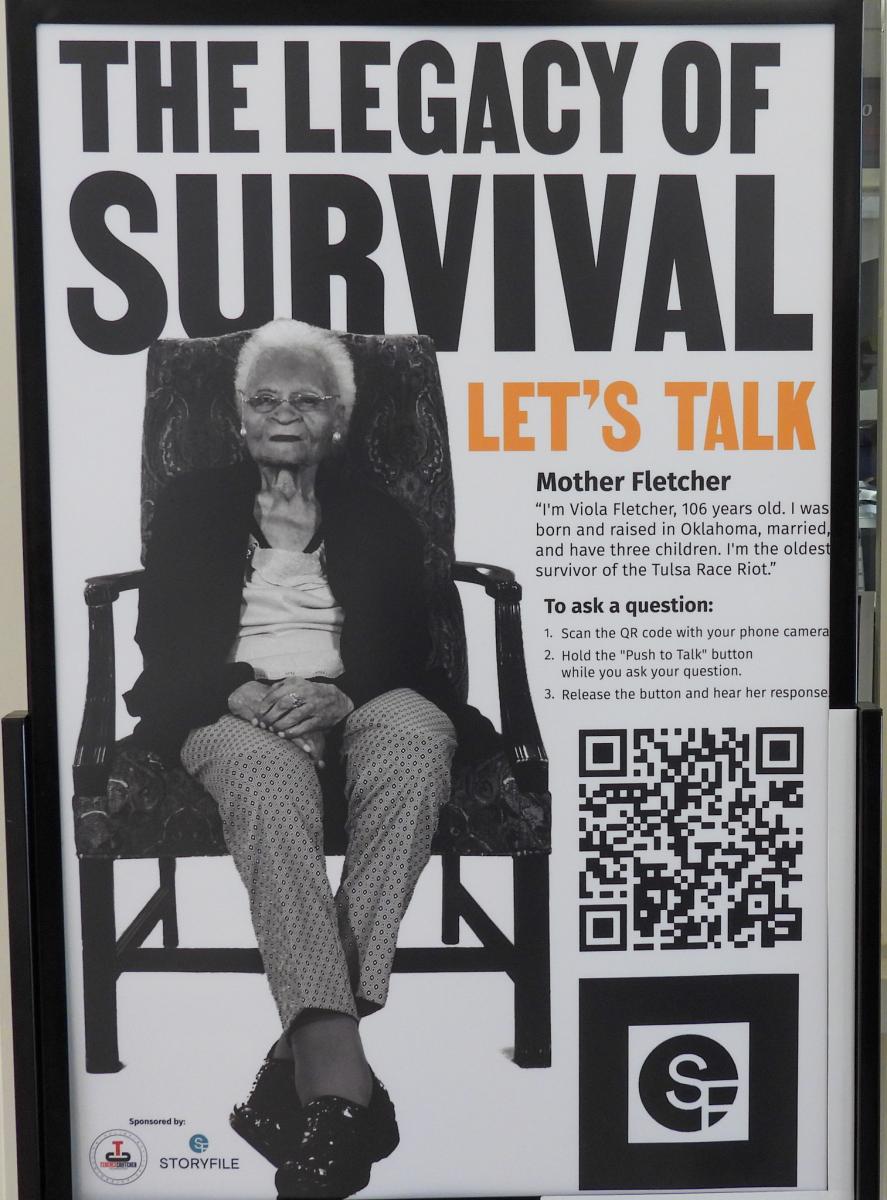
Writers and filmmakers who shine a light on previously untold dark stories help make sure these events are not forgotten. Truth is illuminated and facts are revealed along with bias, racism, and injustice. It is time to be creatively brave in confronting our past and facing the future, no matter who we are. We are all related.
It took us a long time to get here. The potential value of our collective capacity is immense. We are showing no signs of slowing down.
Author: Montoya Whiteman (Cheyenne and Arapaho), Managing Director of Editorial and Special Projects at AISES
Photo Credits: Montoya Whiteman

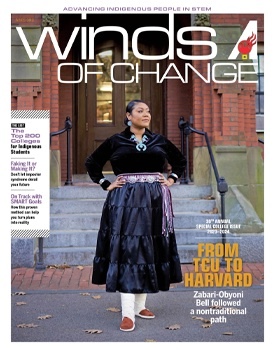
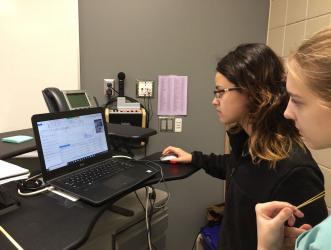
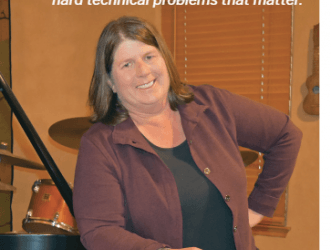







 Facebook
Facebook Twitter
Twitter Linked In
Linked In YouTube
YouTube